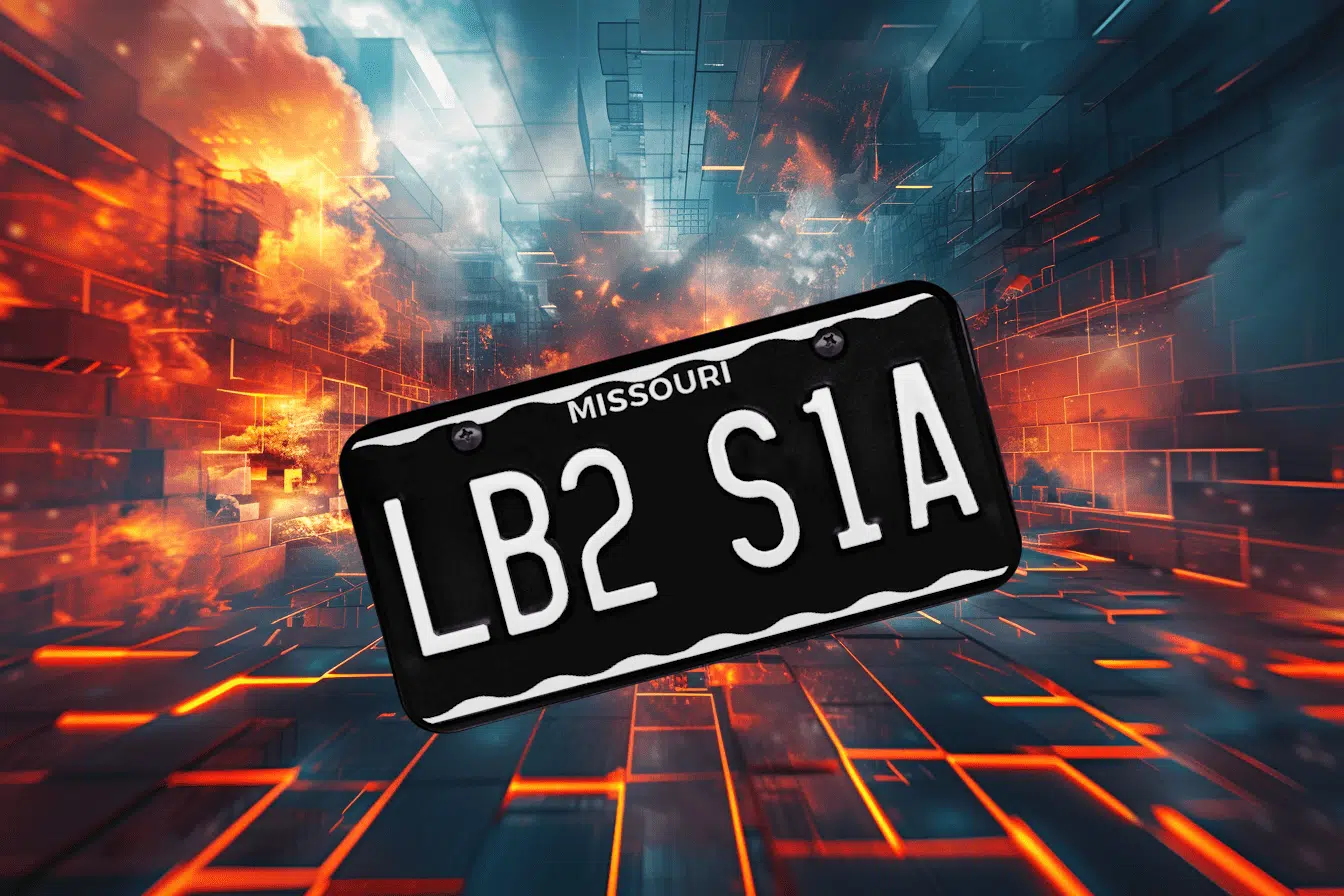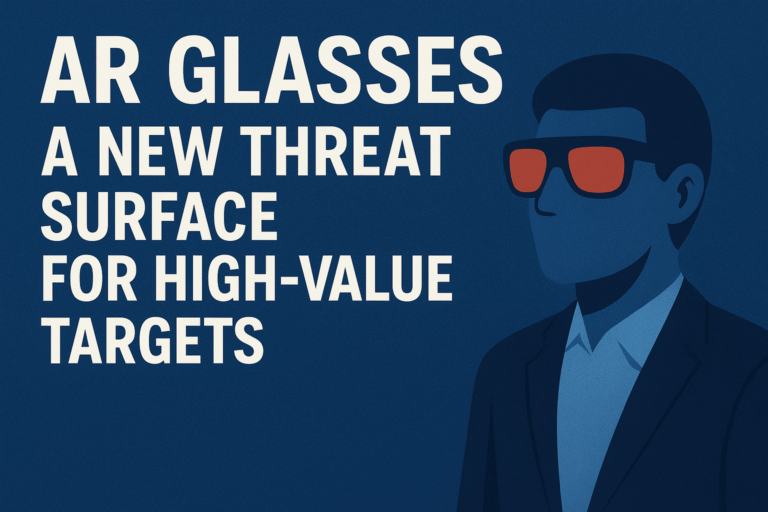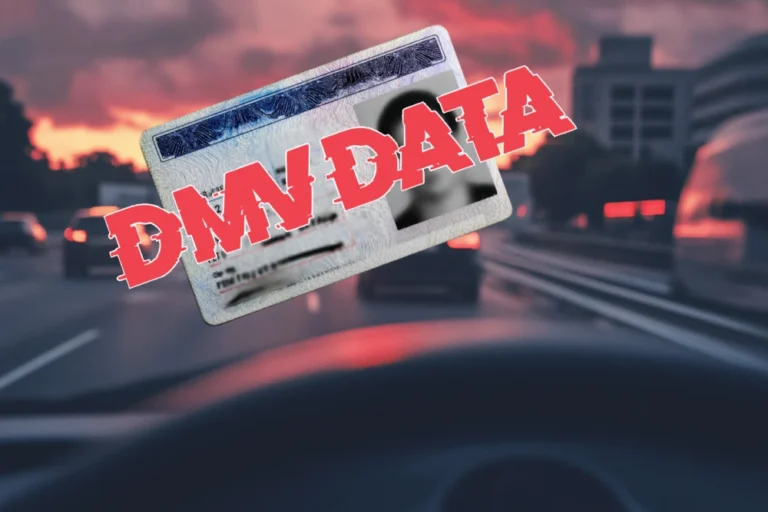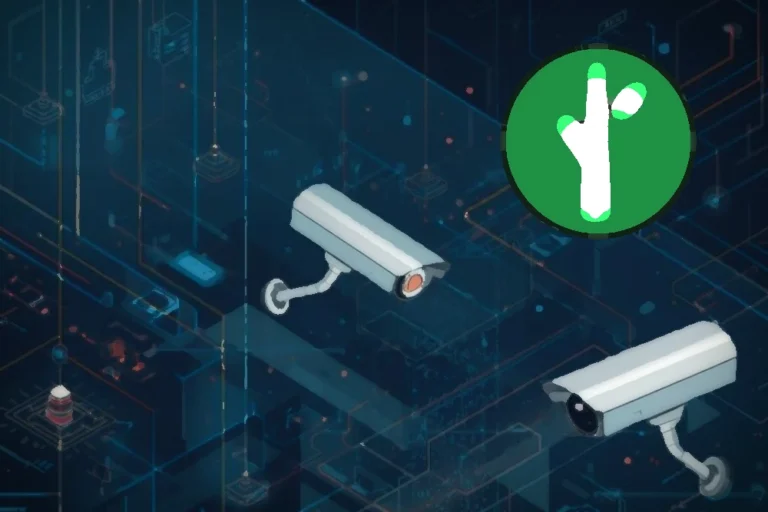Automatic License Plate Recognition (ALPR) systems have created a shadow network of tracking that spans across cities, highways, and even private properties.
What was once a tool for catching stolen cars is now a silent, sprawling surveillance grid that doesn’t just know where you’ve been. It knows who you are, who you visit, when you arrive, and where you go next.
Whether you’re pulling out of a gated community, passing a police cruiser, or parking at a shopping mall, your plate may be scanned. Often without your knowledge or consent. That scan isn’t stored in isolation. It’s uploaded, aggregated, and possibly fused with other data: location trails, vehicle images, and even facial recognition data.
And the reach goes far beyond law enforcement. Commercial data brokers, private investigators, repo agents, and insurance companies may tap into this same stream of personal location data. You don’t have to be under suspicion. You just have to own a car.
For high-profile individuals (executives, public figures, activists) the risk intensifies. ALPR networks are searchable. Anyone with access can piece together a pattern, identify routines, or locate you in real-time. In some cases, that access is available to commercial actors or unregulated partners.
This isn’t science fiction. It’s already happening. The risk isn’t simply being watched. It’s being followed.
Want More Details?
We break it all down in our analysis of the Viability of ALPR Surveillance in Corporate Espionage.





